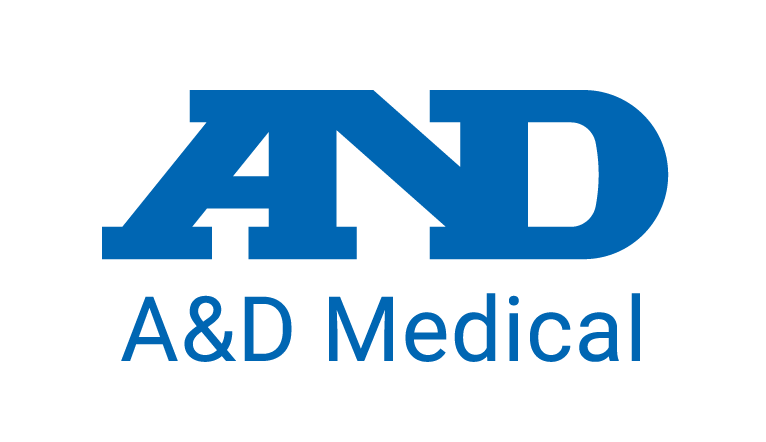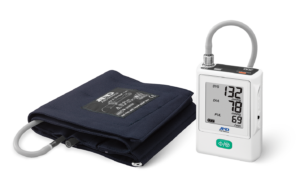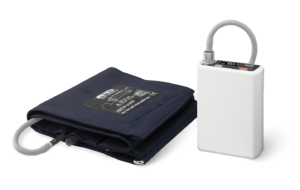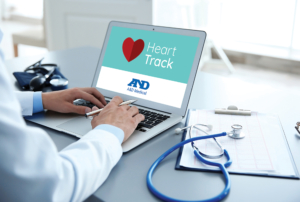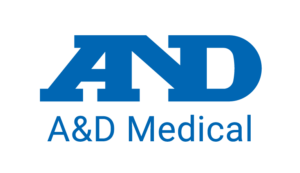Efficient and Effective Ambulatory Blood Pressure Monitoring (ABPM)
With 50 million Americans living with hypertension, there is a high demand for effective ways to help diagnose and manage this condition before it leads to worse issues. Ambulatory blood pressure monitoring (ABPM) can be a useful tool for monitoring and managing abnormal blood pressure within your practice.
In contrast to readings done in specific clinical settings or at home, with ABPM, blood pressure is measured at specified intervals over the course of 24 to 48 hours, which can create a more complete picture of what is happening to blood pressure during a patient’s daily activities. It can be especially useful in cases where the diagnosis is complicated, such as borderline hypertension, stress-induced hypertension, morning or nocturnal hypertension, masked hypertension, or “white coat hypertension,” in which a patient’s blood pressure is affected by being in the clinic.
Significant limitations to the effective application of ABPM technology include cost, patient compliance, and the need for specialized equipment. Most of these can be mitigated with more efficient and effective approaches. Indeed, a well-designed, well-run program can increase patient satisfaction, improve outcomes, and even generate revenue in cases where ABPM is reimbursable.
Here are a few ways to get more value from your ABPM implementation.
Ensure Patient Compliance
Of all the challenges to establishing an effective ABPM program, ensuring patient compliance may be the most difficult to control. It requires faith on your part, simply because you can’t observe patients when they’re out and about. To make the program more reliable, you should focus on compliance from the beginning and have plans in place well before the first patients are selected and onboarded.
Select the right patients for the ABPM test. Starting with high-risk patients (including those with HBPM ≥ 120/80, a history of cardiovascular events, suspected white coat hypertension, suspected nocturnal hypertension with comorbidities, and documented organ damage) who understand the benefits of ABPM, appreciate the importance of their own participation in managing their health.
Then, make the process as safe, comfortable, and friction-free as possible for patients. Invest in simple, easy-to-use, high-quality, clinically tested equipment—this will make things easier for patients and add some prestige to your practice. The Validated Device List is a great resource for finding ABPMs that have been tested for accuracy. Ensure your patients have been trained on the equipment and how to document activity. Some devices have integrated training and applications that make this process easier and faster. Always ask detailed questions and troubleshoot issues as they arise. This allows you to continuously improve your ABPM program as you go.
Think in systems
Even with cooperative patients, you can still face challenges if your tools and technology don’t work well together or your system isn’t intuitive. Rather than looking at ABPM as a checklist, you can make it more effective and efficient when you regard it as a larger, integrated system and see how all the parts connect. As always, choosing the right tools is of paramount importance.
For example, if your ABPM program works as designed, it will generate a lot of data. Therefore, you should have comprehensive plans for managing, analyzing, and reporting the results, which is easiest if you have it all in one place. There are cloud-based all-in-one systems that can remove much of the friction from this process. Regardless, make sure you have this covered. Information is only as useful as your systems for gathering and making sense of it.
Understand your results
Data generated from ABPM is different from blood pressure monitoring in the clinic. Ensure your relevant team members are well-trained in gathering data, documenting it in an EHR/EMR, and properly interpreting it, depending on their specific responsibilities. Then, create systems for organizing everything, keeping it all together whenever possible. Also, make sure your equipment is reliable at every point in an efficient, well-organized process.
ABPM technology is evolving, but cost and compliance issues should not prevent you from establishing an efficient and effective program when you make the right moves upfront. Invest in the right equipment, planning, training, and onboarding before you begin, and you can achieve optimal results while making a difference in the lives of those touched by hypertension.
